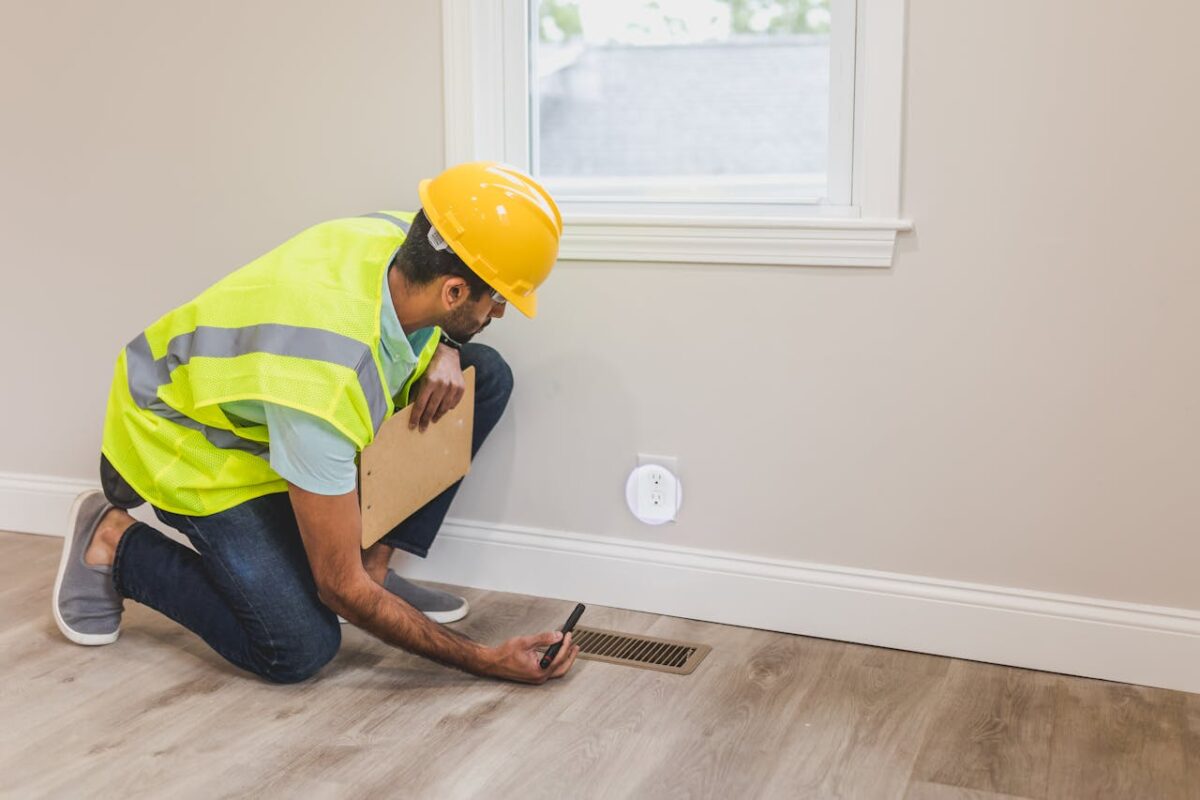As energy costs continue to rise and households grow more conscious of their environmental impact, finding ways to improve the efficiency of your home’s heating system is a smart move. Beyond reducing your monthly utility bills, increasing efficiency can also help you preserve the longevity of your HVAC equipment and improve your family’s overall comfort during the colder months. With a combination of routine maintenance, strategic upgrades, and attention to your home’s envelope, you can reap both financial and comfort-related benefits.
1. Invest in Regular Maintenance and Tune-Ups
One of the most overlooked aspects of HVAC ownership is ongoing maintenance. The fact is, ensuring that your heating system is well-maintained can significantly extend its lifespan. According to This Old House, most HVAC systems can last up to 20 years with proper care. A well-maintained heating system runs more efficiently, meaning it burns less fuel, produces fewer emissions, and costs less in repairs over time. Homeowners who neglect regular tune-ups may find themselves replacing major components far sooner than necessary.
Moreover, keeping your system in peak condition can help you avoid contributing to the staggering $10 billion that consumers spend each year on HVAC repair and maintenance services, as reported by This Old House. Scheduling an annual professional inspection, changing filters regularly, cleaning vents, and ensuring proper airflow can all add up to a more efficient and longer-lasting heating system. In addition, be sure to check your ductwork for leaks, as even small cracks or gaps can severely undermine your system’s efficiency and waste precious heated air.
2. Upgrade Your Thermostat
A traditional, manual thermostat may still do the job, but it’s not always optimizing energy use. Upgrading to a programmable or smart thermostat can give you tighter control over your home’s temperature, allowing you to customize heating schedules based on your lifestyle and occupancy patterns. For example, you might lower the heat when everyone is out during the day and have it gradually warm up the house shortly before family members return. Over time, this level of nuanced control can result in significant energy savings.
Smart thermostats take this a step further, learning your habits and adjusting the temperature automatically to create the most comfortable environment possible. Some models also offer remote control via smartphone apps, allowing you to make adjustments on the go. When used effectively, a modern thermostat can pay for itself through energy savings within a few years.
3. Improve Your Home’s Insulation and Seal Gaps
Even a top-of-the-line, professionally maintained heating system can struggle if your home is poorly insulated or drafty. Insulation in walls, attics, and crawl spaces helps retain warm air during the winter months. Meanwhile, sealing gaps around doors, windows, and utility penetrations prevents expensive heated air from escaping. According to the U.S. Department of Energy, heat gain and loss through windows alone is responsible for 25% to 30% of residential heating and cooling energy use. By installing energy-efficient windows or adding insulating window treatments, you can drastically cut back on heat loss.
Don’t forget about weatherstripping around exterior doors and ensuring that your attic is properly sealed. Investing in better insulation and improved sealing measures often leads to more consistent indoor temperatures, less wear on your heating system, and ultimately lower energy bills.
4. Consider Equipment Upgrades and Energy-Efficient Models
If you’re working with an older furnace or heat pump, it may be time to consider an upgrade. Modern, energy-efficient heating systems can achieve much higher efficiencies than older models, potentially reducing your energy consumption by a noticeable margin. While replacing your HVAC unit involves upfront costs, the long-term savings on energy bills, combined with fewer maintenance problems, can make the investment worthwhile—especially as your current system nears the end of its lifespan.
If a full replacement isn’t in the cards just yet, consider smaller upgrades. For example, adding a variable-speed blower motor or improving zoning controls can enhance efficiency without completely overhauling your system. Additionally, exploring supplemental heating solutions like heat pumps, radiant floor heating, or pellet stoves might align better with your home’s specific heating demands.
5. Adopt Lifestyle Changes for Greater Efficiency
Finally, simple habits can also make a difference. Adjusting your thermostat by a few degrees when you’re asleep or away, keeping curtains closed at night to retain heat, and opening them during the day to let in the sun’s warmth are small steps that can add up. Encouraging everyone in the household to wear seasonally appropriate clothing indoors can also reduce the urge to crank up the heat unnecessarily.
By combining regular system maintenance, strategic home improvements, and thoughtful daily habits, you can significantly improve the efficiency of your home’s heating system. Over time, these changes not only reduce heating costs but also ensure that your system provides reliable comfort season after season.

